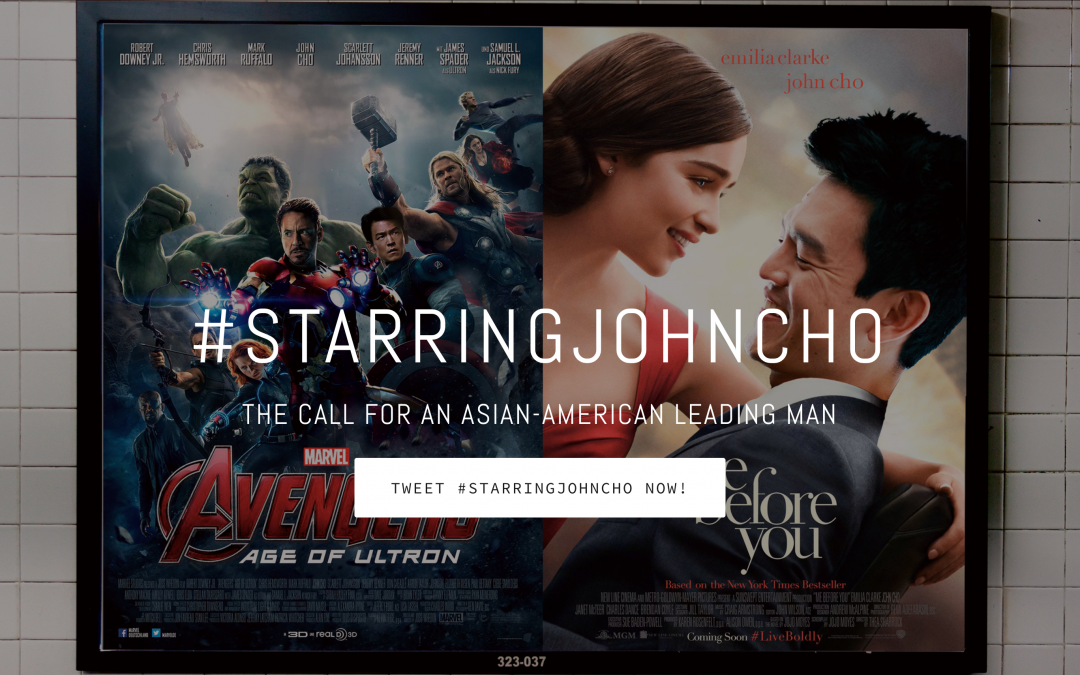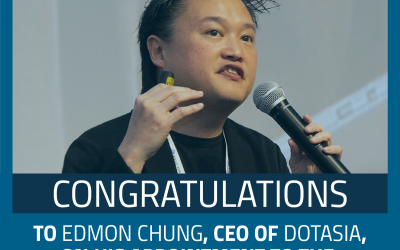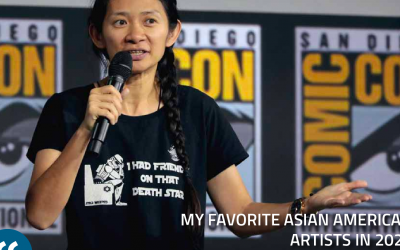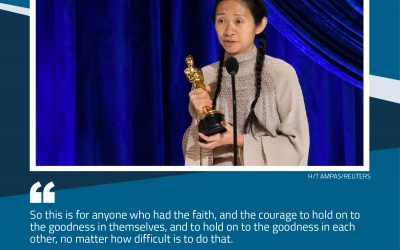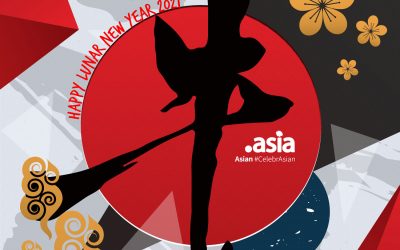(Image credits: #StarringJohnCho images and movie mockups originate from http://starringjohncho.com/)
With 2018 being a banner year for Asian representation in media, 2019 is gearing up to be a blockbuster sequel. Promoting inclusion and representation in mainstream media is a job that is never really finished. For decades Asian-American actors and actresses have worked hard to gain the opportunities in front of the camera that is now giving rise to the more realistic portrayals of Asian-Americans in television and films. However, equal representation is still a far ways off. In the past few years, we’ve seen amazing, creative examples of ways to draw attention to and encourage dialog around representation.
It’s important to note why Asian representation in television and film is worth discussing, which helps to explain the passion behind some of these projects that highlight the issue. First, we know from recent studies at the University of Indiana how media representation of characters can affect children’s self-esteem. Seeing someone who looks like you, that shares your culture in a television show or movie can have a large impact on impressionable children who are constantly scanning their environment for clues to how the world works and their role in it. When on average Asians make-up one percent of lead roles and around five percent of speaking roles, we have to ask how this impacts Asian-American kids growing up consuming this media. What message are we sending?
Some are finding subtle and not so subtle ways to prompt a discussion around Asian representation in film. We’ve seen more and more of these examples in the past few years. Individuals who recognize the issue, want to see change and come up with thought-provoking ways to kickstart the conversation. Late last year we saw Jehv Maravilla and his friend Christian Toledo secretly hang up a poster featuring themselves in a Pearland, Texas McDonald’s after noticing a lack of Asian representation in McDonald’s marketing materials. Another example is the ‘Starring John Cho’ campaign started by a young professional named William Yu.
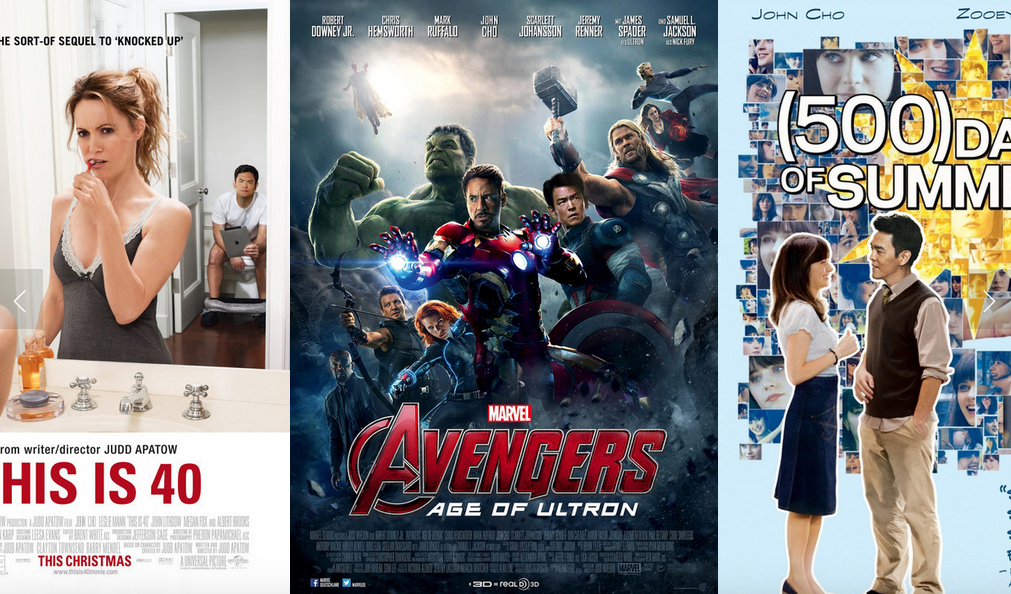
William Yu was not alone in noticing a distinct lack of Asian’s in lead roles, but William decided to do something about it. Yu started #StarringJohnCho, a project that took big-budget Hollywood movies and using Photoshop replaced the lead actor with Asian-American actor John Cho. Visitors to Yu’s website were treated with the visual experience of seeing what their favorite Hollywood movie would look like with an Asian-American in the lead role. The project caught on and gained a ton of notoriety and press coverage, bringing attention to this important conversation in a unique and creative way.
We think one of the most exciting things about William Yu’s project is that it inspires others to step up and take action. His example encourages others to think outside the box, take ownership in changing their world and engage in these important conversations. We are likely to see several more of these unique and creative examples in 2019 and with each one another step forward for Asian representation.
One creative way to highlight and engage in conversations regarding Asian representation online is to use a .Asia domain. The .Asia team has been helping the global Asian community share their story for over a decade. Big brands and many Asian communities world wide already choose .Asia to represent themselves online we hope you will too.
This.Is.Asia Newsletter Issues
This.is.Asia December 2021 Issue
This.is.Asia October 2021 Issue
This.is.Asia October 2021 Issue
This.is.Asia August 2021 Issue
This.is.Asia August 2021 Issue
This.is.Asia June 2021 Issue
This.is.Asia April 2021 Issue
This.is.Asia February 2021 Issue
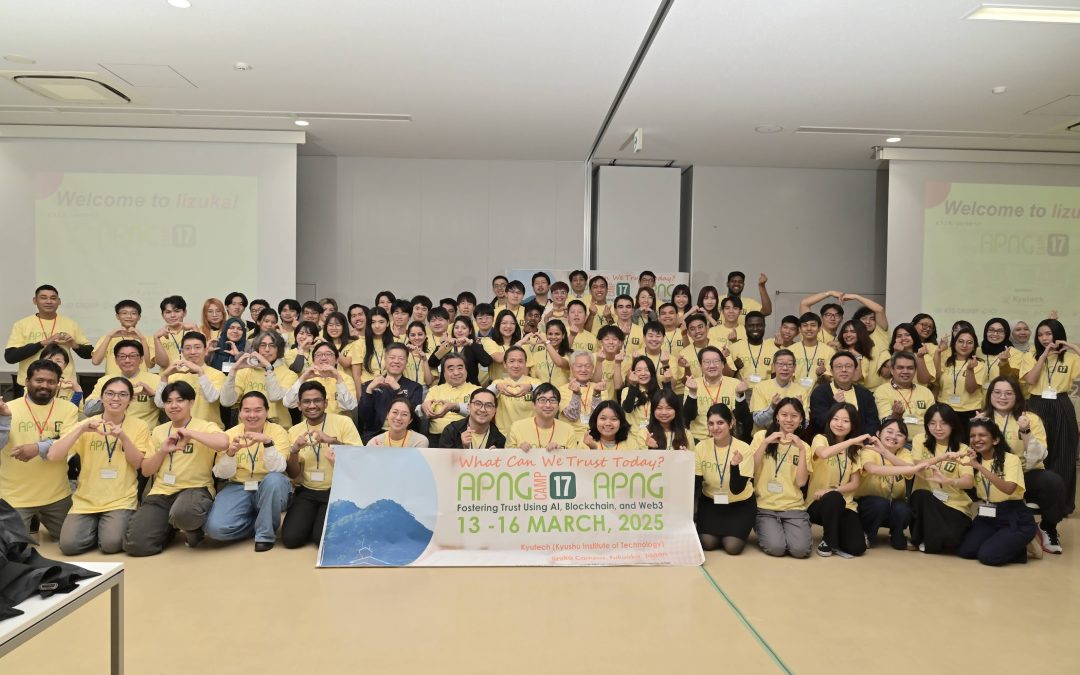
17th Asia Pacific Next Generation (APNG) Camp
The 17th APNG Camp successfully provided a collaborative space for young Internet leaders to explore critical topics related to trust in the digital age.
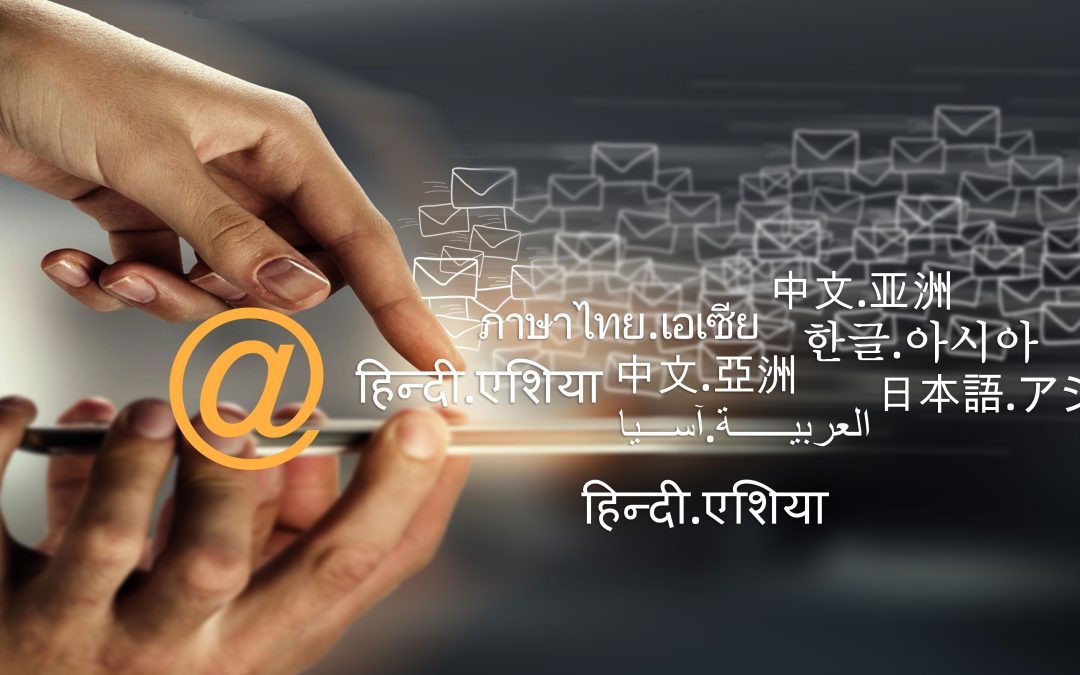
Beyond ASCII: The Vital Role of Email Address Internationalization in a Connected World
As the world becomes more connected, the need to use domain names and email addresses in local languages and scripts also continues to rise. EAI adoption has been growing in recent years, according to a Universal Acceptance Steering Group (UASG) report, as of May 2021, around 9.6% of email domains now support Email Address Internationalization (EAI), marking a noteworthy improvement from previous years. This progress indicates that EAI support is becoming more prevalent, ultimately making it simpler for individuals across the globe to utilize email addresses in their preferred languages and scripts
Continued Commitment to the Vision and Mission of DotAsia
An Open Letter and Call for Support Dear DotAsia Board and the Asia Pacific Internet Community, Thank you for the invitation for me to submit to you my ongoing commitment and vision for DotAsia to be a contributor to the regional and global Internet community as the...
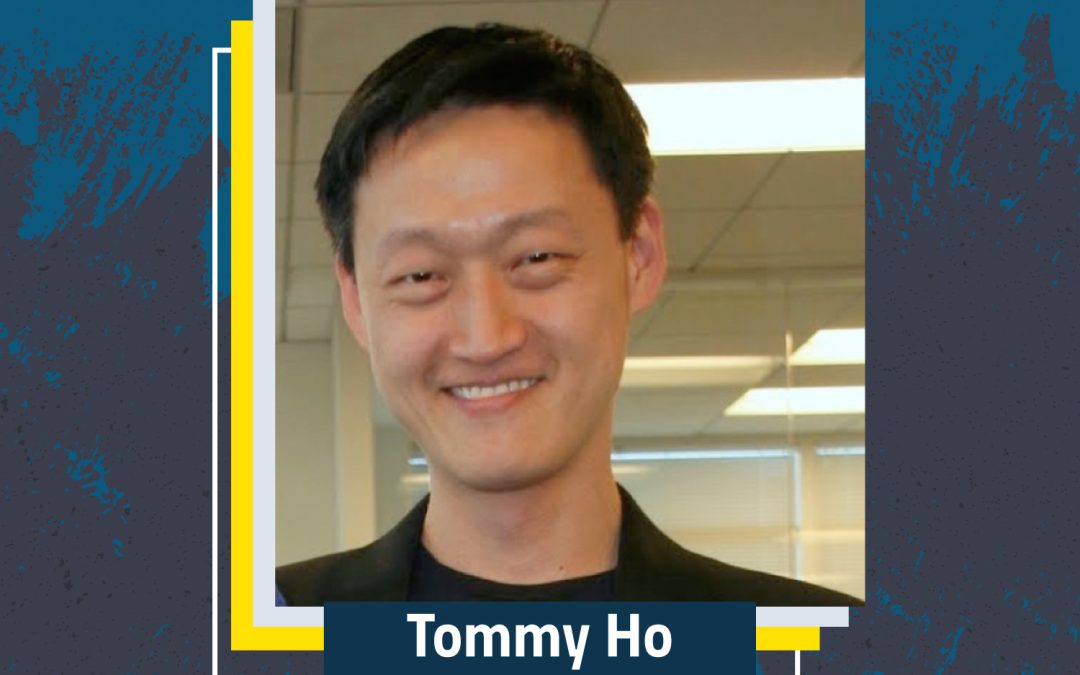
AAPI Heritage Month: Interview with Tommy Ho
Asian American heritage is about inclusion. It’s a description that cuts a wide cloth across a vast array of cultures and peoples, and it’s important to celebrate the similarities and differences. I see that diversity represented within GoDaddy’s Employee Resource Group (ERG), and GoDaddy Asians are growing. Especially during these unpredictable times, our sense of belonging that we feel through our groups help to boost mental and physical health.
